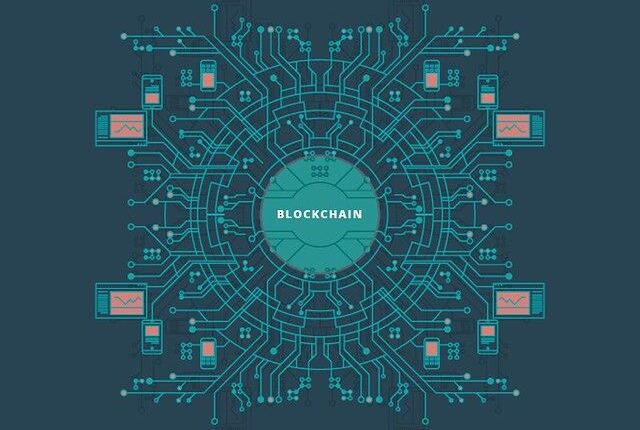the Principal Economist in the Monetary and Economic Department of the Bank of International Settlements (BIS), Raphael A. Auer comes up with a new idea of “low-cost” compliance solution for the blockchain finance sector.
The Bank for International Settlements (BIS) is an international financial institution owned by central banks that supports financial cooperation and international monetary transactions, also serves as a bank for central banks. Before joining BIS, Raphael A. Auer was Senior Economist Deputy Head of International Trade and Capital Flows, Economic Advisor and Member of the Directorate at the Swiss National Bank.
Current data work process from Auer’s point of view
At present the process of compliance requires a lot of data work, for instance compiling reports at multiple levels of data, later the data needs to be collected and the quantification of data has to be done. Henceforth the final report of data has to be distributed to different internal investors and supervisors as per Auer. As a matter of fact, this process is quite long and time taking. So, he suggests “embedded supervision” as a solution for data availability, the cost of data collection and verification, and privacy.
Raphael A. Auer Comments:
“The method, dubbed, “embedded supervision,” is different from “suptech” (supervisory technology) and “regtech” (regulatory technology).”
Auer Suggests the use of AI to monitor the financial industry
Auer’s idea of Embedded supervision, focuses to make use of machine learning or artificial intelligence to monitor the financial industry more efficiently. Furthermore, it reduces the dependency for firms to actively collect, verify and deliver data. Previously Auer had pointed out about the proof of work (PoW) algorithm used by bitcoin and other cryptocurrencies needs to be replaced. During that time Auer argued saying that PoW “can only achieve payment security if mining income is high, but the transaction market cannot generate an adequate level of income.”
Outlook of cryptocurrencies modeled on “proof-of-work”
“Proof of work” has two economic limitations firstly ensuring costs of final payment at a reasonable space of time. Secondly the risk of generating transaction fees that will be adequate to guarantee of secured payment in the future.
The Principal Economist gives an example of Bank of Lithuania’s blockchain-based sandbox, “LBchain,” where the DLT (distributed ledger technology)-based market obtains to fix a regulatory infrastructure, which can lead to lower compliance costs for both market participants and the supervisors.
Photo Credit To 1worldblockchain.com Via Flickr
Notice: Information contained herein is not and should not be construed as an offer, solicitation, or recommendation to buy or sell securities. The information has been obtained from sources we believe to be reliable; however no guarantee is made or implied with respect to its accuracy, timeliness, or completeness. Authors may own the crypto currency they discuss. The information and content are subject to change without notice. Visionary Financial and its affiliates do not provide investment, tax, legal or accounting advice. This material has been prepared for informational purposes only and is the opinion of the author, and is not intended to provide, and should not be relied on for, investment, tax, legal, accounting advice. You should consult your own investment, tax, legal and accounting advisors before engaging in any transaction. All content published by Visionary Financial is not an endorsement whatsoever. Visionary Financial was not compensated to submit this article Please also visit our Privacy policy; disclaimer; and terms and conditions page for further information.

